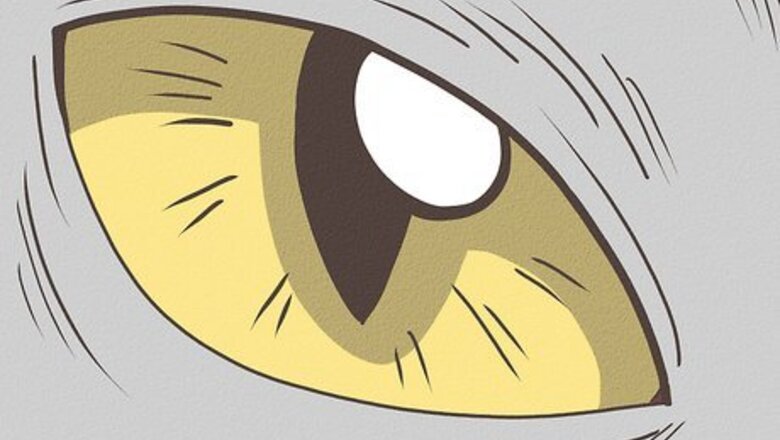
views
Observing Physical Attributes
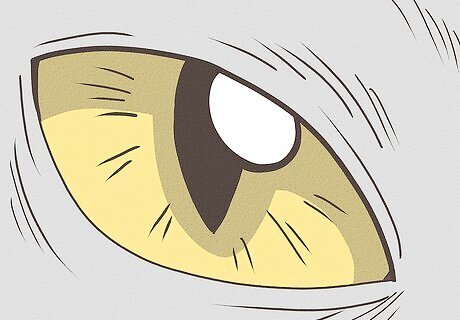
Look for golden eyes. Burmese cats have golden eyes. They are set far apart and should be in line with the base of the cat’s ears. Their rounded shape gives them a large appearance. The brow above the eyes is also rounded, tapering back toward the ears.
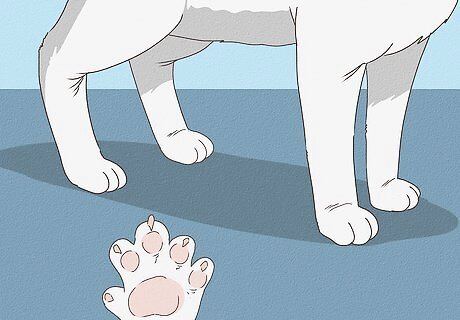
Look at the cat’s legs. Burmese cats vary in the type of legs they have. Some have four short legs that are proportional to the rest of the body. Other Burmese cats have long legs, with their two front legs slightly longer than the two rear legs. Burmese paws are ovular in shape.
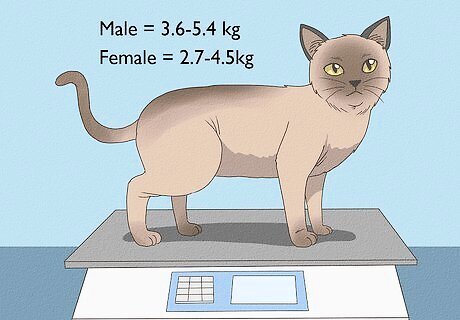
Weigh the cat. Despite their trim build, Burmese are quite muscular, and can therefore weigh a good deal. Males usually weigh about eight to 12 pounds (3.6 to 5.4 kg). Females usually weigh six to 10 pounds (2.7 to 4.5 kg).
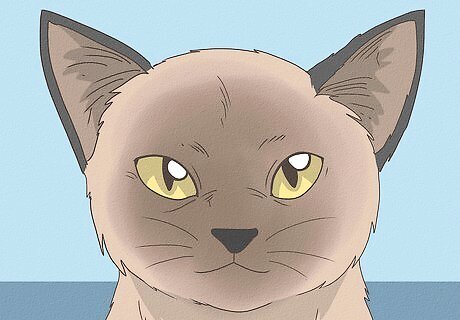
Look for a wedge-shaped head. Burmese cats have a wedge-shaped head, with a wide skull tapering toward a narrower snout. Seen from the side, you’ll notice the end stopping at a blunt point, rather than tapering down in a rounded way. The end of the nose will be parallel with the chin. Their heads are proportional to the size of their bodies and sit atop a well-developed medium neck.
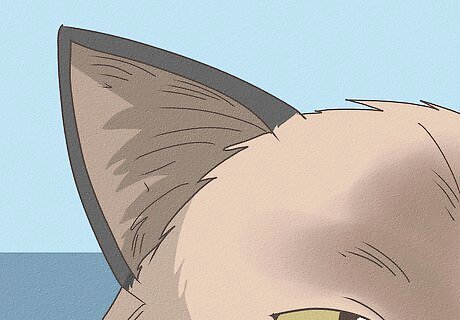
Look for flaring ears. Burmese cats have two medium-sized ears. They are set apart but not flaring out. Viewed from the side, you should be able to identify a slight forward tilt to the ears.
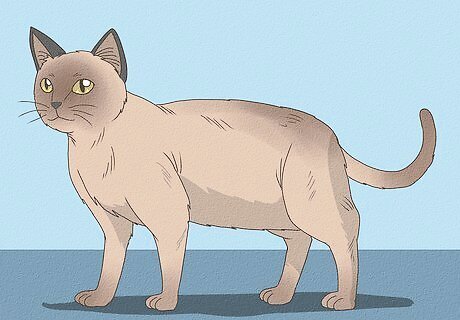
Check for a muscular and heavier cat. Burmese cats are muscular and solidly built. They are a medium-sized cat, larger than their Siamese ancestors but smaller than the British Shorthair. They have rounded chests, and their backs should be level and end in a medium-length tail with a rounded tip.

Look at the color of the cat’s fur. Burmese cats typically have dark brown sepia (sable) fur. But you might also find a Burmese with champagne, beige, light brown or tan, medium-blue, gray, silver, lilac, tabby (multicolored), tangerine, or light golden fur. Burmese cats’ coats will darken as they mature. If your cat’s coat is getting darker as it ages, it might be a Burmese.

Look for a short, silky coat. Burmese cats have short coats. The short length means they are easy to groom and do not shed much. The coats feel silky or satin-like to the touch, and you might find it pleasurable to pet the cat.
Using Other Evidence to Identify the Cat

Monitor the cat’s health. Burmese cats are generally healthy, though they might be prone to gingivitis. They might also be predisposed to an inheritable condition known as hypokalemia, or low potassium. This condition causes weakness in the skeleton. It could cause localized weakness or fragility (for instance, weakness in the cat’s back or limbs), or it might be throughout the whole skeleton. Cats with hypokalemia will require potassium supplements. Your breeder should screen for this test before you obtain the cat from them.

Observe the cat’s behavior. Burmese cats are energetic, playful, and friendly. They tend to seek out attention and affection, and readily make friends with both people and other pets. If your cat enjoys being stroked and held, it might be a Burmese cat.

Listen to the cat. Burmese cats tend to vocalize somewhat more than most other cats. Their meows are soft and sweet.

Get a genetic test. If you still cannot identify your cat as a Burmese after careful observation of its appearance and behavior, you could get a DNA test to discover it is, in fact, a Burmese. To perform a genetic test, a vet will have to swab the inside of your cat’s cheek to get some cells. The genes in the cells will then be compared against a known Burmese genome for similarities. If you’re interested in getting a DNA test, contact your vet. Genetic tests are not 100% accurate.




















Comments
0 comment